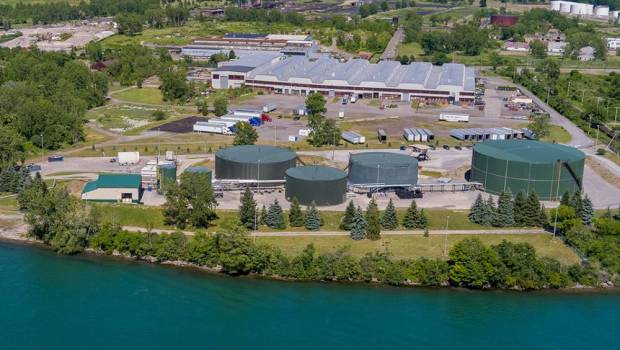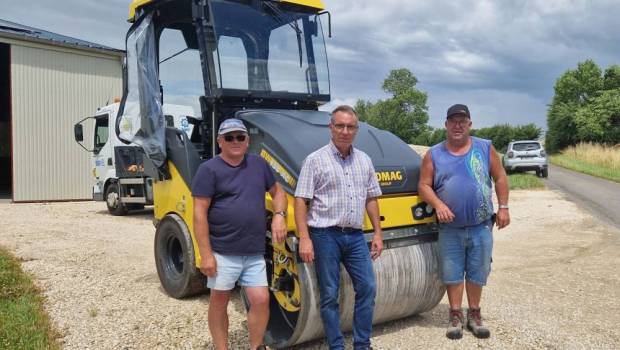Keeping a breast with more than 15 years ago in Chernobyl to imagine, conceive and built the largest structural confinement ever made, the French engineering teams of the Alliance group in the beginning and then Novarka, both have fought hard to achieve their goal : To secure for the next 100 years the damaged nuclear site Chernobyl . “It’s all French engineering who has been requested on this project, and whose successful outcome is intended to be a guarantee for global nuclear security” reveals Xavier Huillard, CEO of Vinci Group. After the Cairo’s metro, the coastal road on Reunion Island, and the inauguration of the confinement of the reactor 4 of Chernobyl, a consortium of the two French majors companies in the construction Bouygues and Vinci proves just how French engineering could be a source of innovation and able to lead various exceptional projects.
PUBLICITÉ
It has to be acknowledged that the work has been impressive : to erect a metallic structure (supplied by Italian Cimalai) of 25,000 tons (36,000 tons with equipment equivalent to the weight of about four Eiffel towers), reaching a height of 108 m (a building of 30 floors) for a length of 162 m and a reach of 257 m… which is just not within the reach of everyone ! It’s the largest metallic infrastructure ever build and has been equipped with overhead traveling cranes over 85 m (made specially by Americans for this project), with a beam reach of 100m and a capacity of 50t charge. “The conduct of this project was exemplary in terms of its balance sheet in health and safety for the staff, since the accident number is non-existent. It is also amazing to be able to manage 10 000 people from 30 different citizenships for this sensitive project, but with strong integration of local staff” explains Philippe Bonnave, CEO of Bouygues Construction.
The confinement was now in place, there’s still one more year for Novarka group to seal the entire field to remain tight with a controlled ventilation system ability to manage an air volume of a million cubic meters, and reducing the risk of corrosion. The project is currently estimated at more than €1.5 billion mainly funded by the European Bank.


















